“Not all pharmacists are human.” So begins a 1993 review article on the use of medicinal plants by animals. Reading on, we learn that pharmacists can be chimpanzees, Kodiak bears, starlings and grackles. As we learn more about how animals use plants to prevent and treat ailments, this list has only continued to grow. It now even includes caterpillars.
Self medication defined: When a substance is deliberately sought out that prevents or cures a condition and its use results in increased survival and reproduction.
For example, if you get an infection, you take antibiotics that cure the infection which might otherwise kill you.
A non-human example concerns starlings. These birds deliberately choose specific plants (that they find with their sense of smell) to include in their nests. The aromatic compounds emitted by these plants boost immune systems of chicks and reduce their bacterial loads.
Yarrow (Achillea millefolium) is one of the plants used by starlings, along with goutweed (Aegopodium podagaria), hogweed (Heracleum sphondylium), elder (Sambucus niger), cow parsley (Anthriscus sylvestris) and white willow (Salix alba).
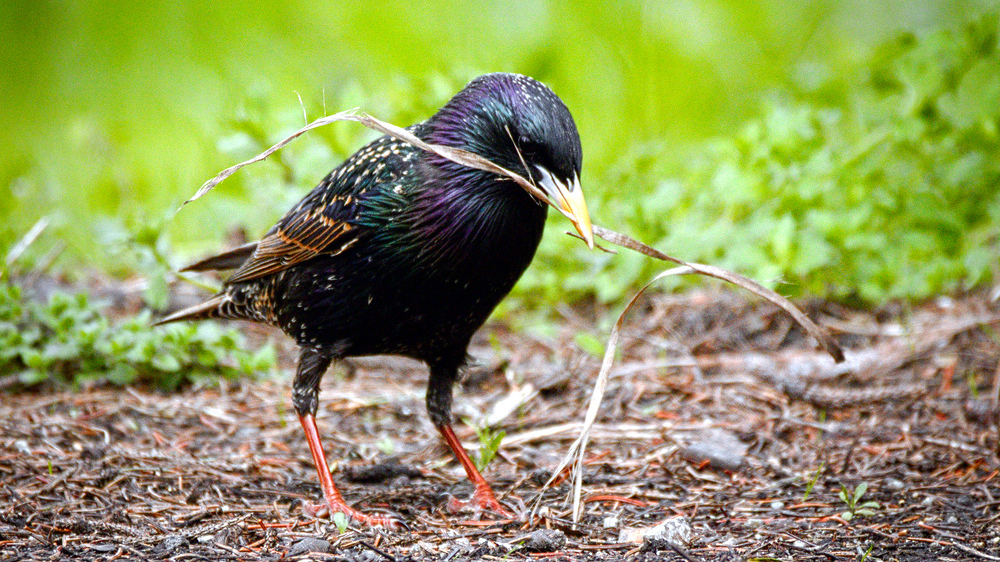
A subsequent experiment added yarrow to the nests of tree swallows, which don’t normally use medicinal plants. The result: the abundance of blood-sucking fleas was reduced in nests containing the plant.
Corsican blue tits also add plant material to their nests. They use lavender (Lavandula stoechas), mint (Mentha suaveolens) and an aster (Helichrysum italicum).
These birds add fresh plant fragments throughout the nesting period. When researchers experimentally removed these aromatic plants from their nests, the birds quickly replaced them.
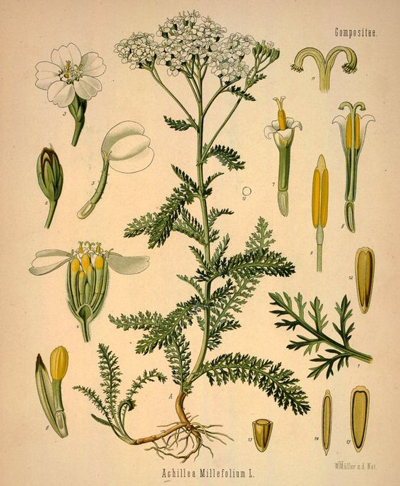
For good reason it seems – chicks in nests with aromatic herbs had higher body and feather growth rates. The herbs also reduce the amount of and diversity of bacteria living on chicks.
Eagles and wood storks choose nesting material from trees and shrubs containing insect-repellent resins. Bonelli’s eagles preferentially use pine boughs for nest construction. Nests with a greater pine composition have lower parasite levels and fledge more young eagles.
House finches in Mexico City have made a recent innovation, achieving better living through chemistry. They have begun using cigarette butts as nesting material. Research demonstrated that cigarette butts reduce the parasites in nests.
The twist is that, as we’ve learned ourselves, synthetic chemicals can have unintended consequences. In the case of house finches, chicks from nests full of cigarette butts have increased chromosomal abnormalities.
Remarkably, every single plant mentioned above has a long history of medicinal uses by humans.
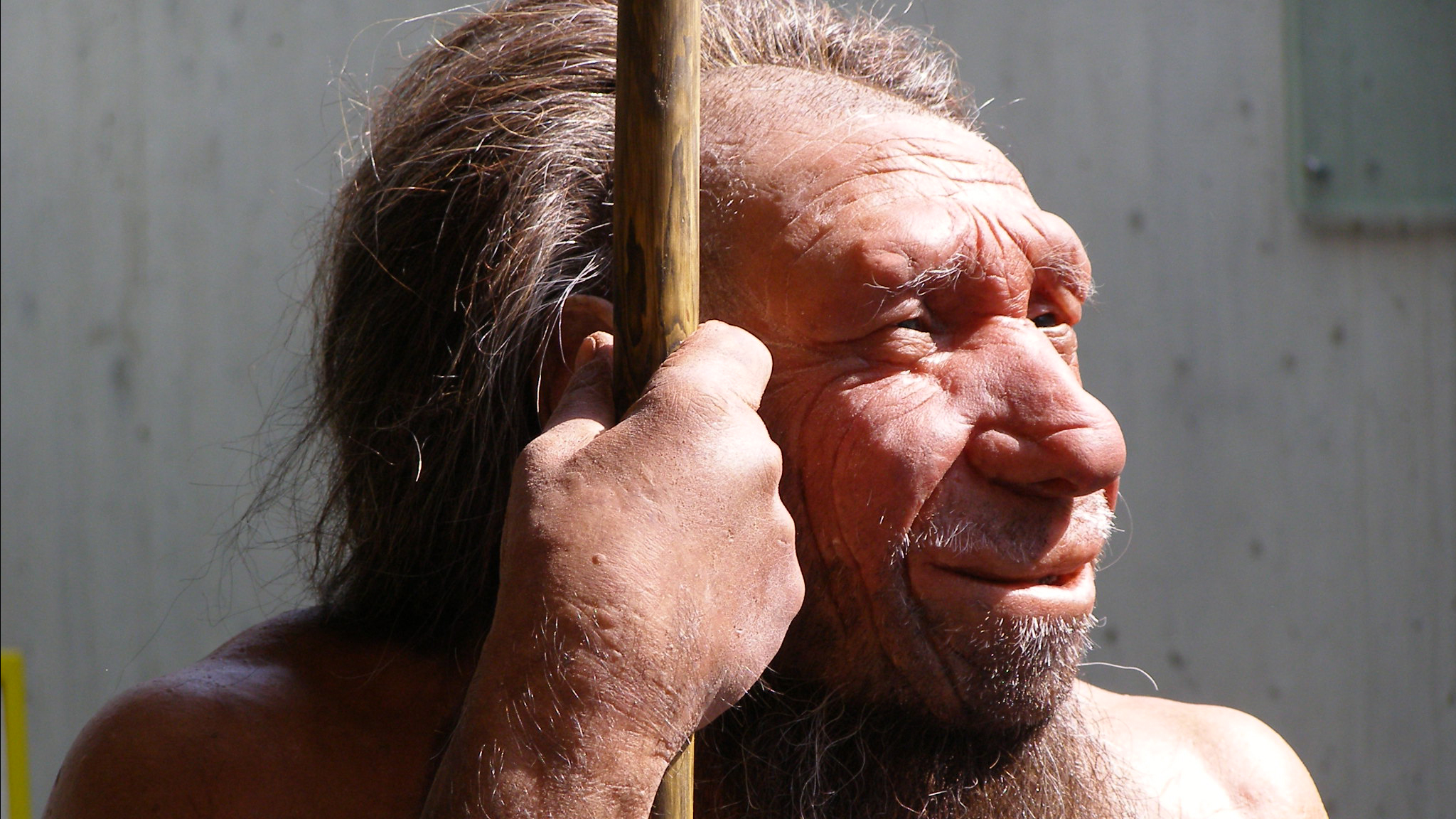
Although there has been relatively little research on medicinal properties of plants like yarrow, their use by people extends deep into our history and prehistory. We have a detailed written record of the use of medicinal plants on Sumerian tablets 5,000 years ago. And 60,000 years ago, Neanderthals were using yarrow and chamomile. It may well be that some of our herbal remedies still in use today could date very far back, even before the human species evolved.
How does the use of medicinal plants emerge in species from songbirds to great apes? Were Neanderthals wearing lab coats doing controlled trials? What about starlings?
In some of the literature there is a notion that self medication, particularly in primates, is the result of observation, learning and conscious decision-making that is then passed on by example. A chimpanzee might learn by association that chewing the bitter pith of the Vernonia plant helps cure an intestinal parasite. It then continues to use the behavior when appropriate and others around it follow the example. This can’t be the whole story though, and it doesn’t do much to explain how a simpler creature would know when and how to self-medicate.
Imagine your own use of herbal remedies. The effects are subtle, societal skepticism can be high, and the placebo effect is strong. How on earth could you learn what plant remedy works and for what ailment if you were just randomly sampling stuff?
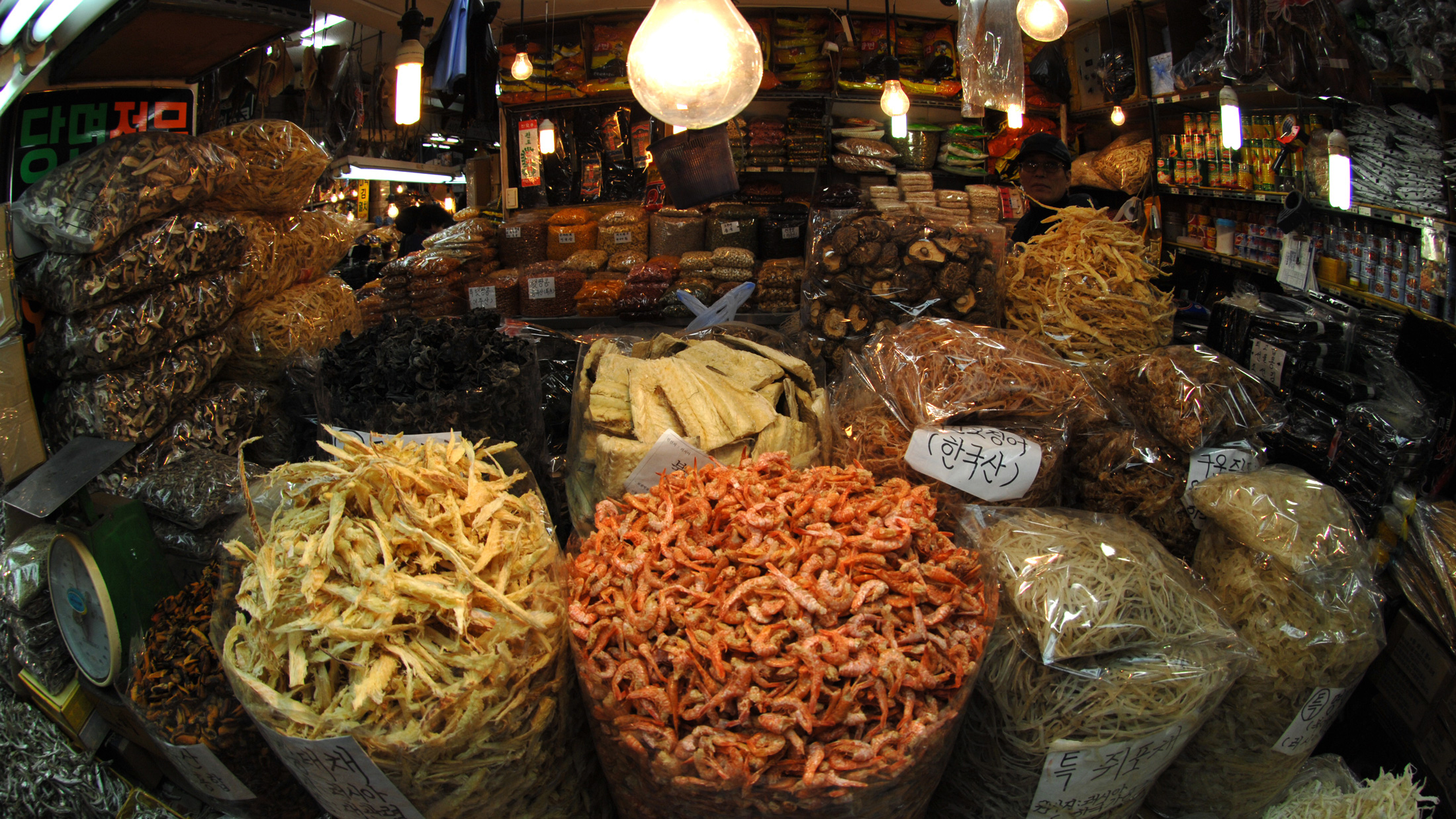
Even today, in the absence of controlled medical research on most medicinal plants, much of their use depends on tradition, intuition and belief.
There’s no doubt that many of these plants and the compounds they contain have medicinal value. But where does this ancient wisdom come from that could inform everything from a caterpillar to a chimpanzee to self-medicate?
The answer is natural selection. Without the need for the scientific method, without even the need for awareness and insight, natural selection has an uncanny way of revealing the behaviors that work and those that don’t.
For example, a few trendsetting starlings begin using aromatic plants in nests and subsequently have greater reproductive success. Over time, the tendency to use medicinal plants gradually becomes coded into the gene pool.
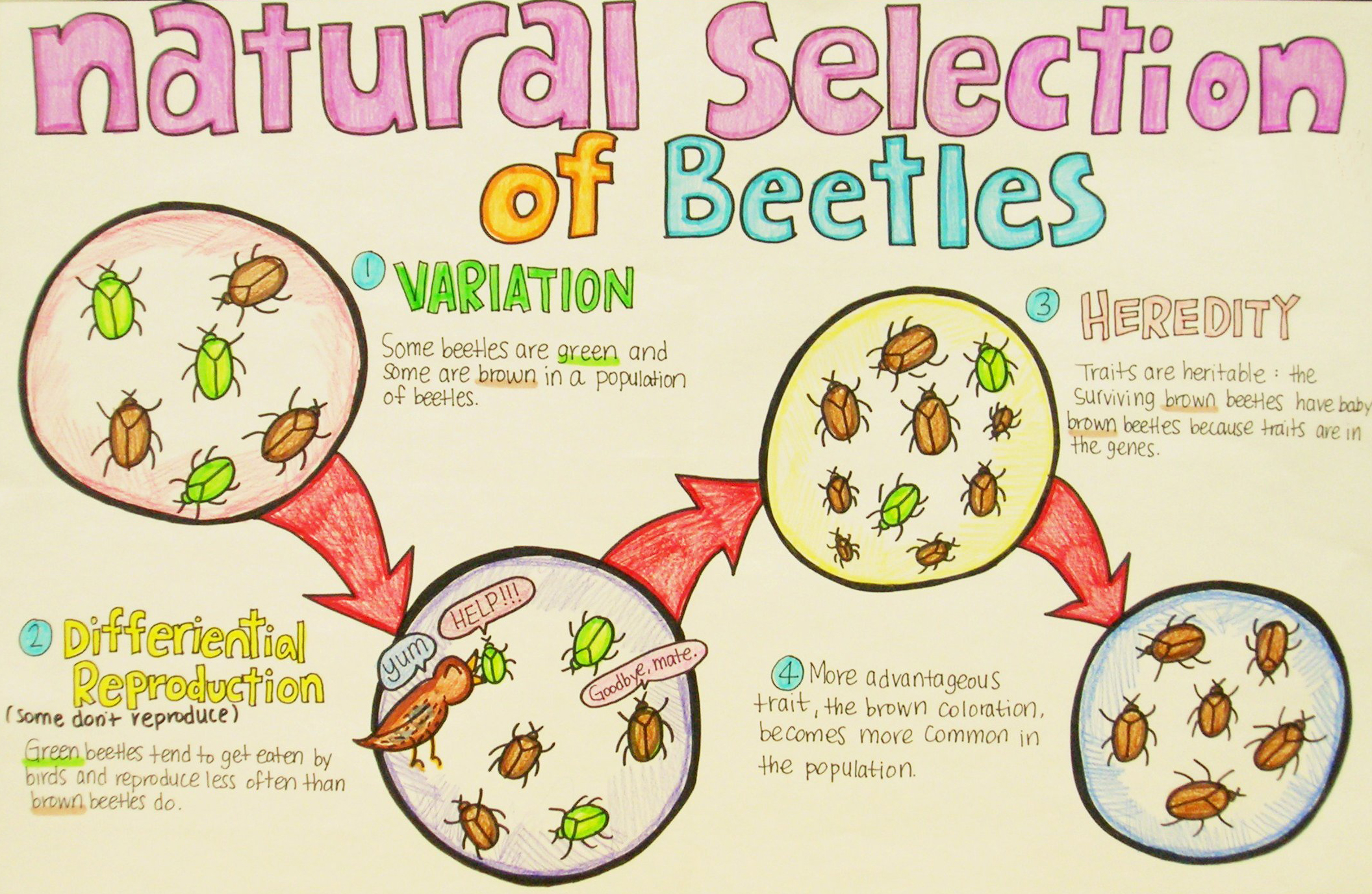
This is not to say that learning and communication don’t play a role in spreading the behavior in more social and cognitively advanced animals like chimpanzees.
For humans, given that we’ve been using plants like yarrow for tens of thousands of years, perhaps we too began using some medicinal plants not through learning or trial and error but through natural selection.
We of course have more ways than one to gain insight. There is at least one documented example of a human learning of a medicinal remedy from an animal. In the early 20th century a Tanzanian medicine man noticed that a pet porcupine with dysentery was eating the root of a plant that people regarded as poisonous. He began treating people with the root with great success and and its use as a remedy for dysentery became widespread.
This example suggests that great discoveries are possible by continuing to study the use of medicinal plants by animals. While the European plants used by starlings and blue tits are well known to us, there may be a much greater amount of undiscovered medicinal compounds being used by animals of all sorts around the world. And some of these could be beneficial to humans. It is clear that we have only just begun documenting the phenomenon.
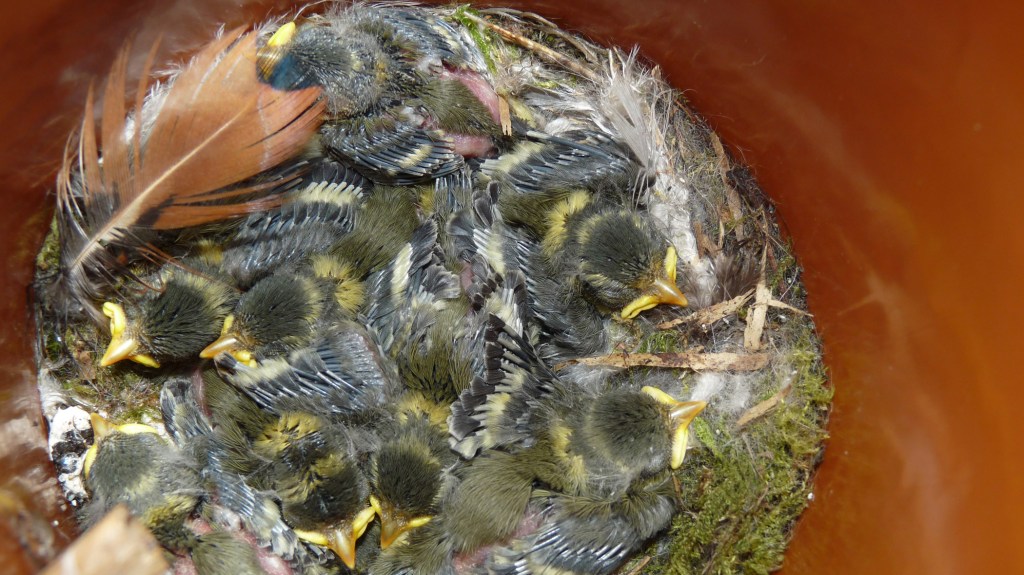



I like this article, however, i think it overlooks the idea that perhaps the plant and the animal are actually in communication with each other. Many shamans report that the plants tell them the medicinal values.
Enjoyed the article – thank you! Speaking as a Native person, yes, we do learn about plants (and many other things) from non-humans. In my own case, I noticed a few years ago that my mule began to chew the bark of nearby willow trees. I discovered that she had discomfort in her left knee. White Willow bark is widely used as an anti-inflammatory and pain reliever. I put her on a joint supplement so that she would be comfortable and pain-free, and purchased Willow bark for myself : ) I never buy ibuprofen – don’t need to!
Thanks for this fun and informative article, which further illuminates a subject that has long held my interest. My job as Manager of the medicinal herb garden for the Shaker Heritage Society at the Shaker Historic Site near the Albany NY airport, has brought me into close contact with many of the plants mentioned in your article. Our demonstration herb garden contains examples of about 150 medical plants used by the Shakers and other people of the pre-modern-medicine era. In fact, the wild harvesting, growing, preparation and sale of over 450 various plants and preparations as a large-scale business was originated at this site in the early 1800s. Each plant in our garden has a sign describing it and its historical uses and attributes. It would be not only fascinating but fun to include on these signs what uses animals use them for, too! I shared this article with my crew of five who all love plants and nature too.
This was fascinating. Thank you.
I have long noticed that when I am feeling badly or am sick, I “crave” certain flavors or foods. When I follow what my body (brain) wants, I invariably feel better. I believe the same goes for many creatures, from animals to prehistoric humans; their body and brain unconsciously compel them to seek out certain plants, based on the effects, or the compounds the body and brain felt when it was first consumed, or what genetic memory (instinct) remembers. The body has its own intelligence too, as well as the unobserved quiet autonomic portions of the brain. Animals are no doubt more in touch with this “intelligence”, which may be part of instinct.
I think this is an important contributión about this matter. ¡Thanks a lot for informatión! I am sure its posible find other examples in many cases and places. I saw dogs eating grass and peple say “its medicine for stomach troubles”.
Wonderful article. I especially loved the details on starlings since I’ve written so much about them. This is something I wish I’d known when crafting my own novel! Good job.
Sweet! I’m an herbalist and, while not familiar with many of the examples, am not at all surprised. Yes, I think humans & animals have been learning from each other since the beginning and, of course, co-evolving with plants. For ex, osha root is often called “bear medicine” as various N. American native people observed bears eating and also applying the chewed root to their body. Trial and error / natural selection is one mechanism for gaining experience, but the real-time energetic, vibrational and chemical communication between plants and other beings is also a method. And that skill can be developed via natural selection, too, I suppose. It is true that most native/ 1st nation peoples have some tradition of direct communication with plants as their primary source of plant knowledge, and relate to plants as sentient beings. And many contemporary herbalist are nurturing this skill. We’re also learning more about how responsive plants are to each other, human emotion and music. So perhaps some of the animal kingdom are also using intuitive or vibrational clues to choose their medicine. Thanks for great article and for your work to help birds and ecosystems! Fun to read what other birders have noticed, too.
I wonder if this inbuilt ‘knowledge’ passed down through generations in various bird species of what is good for the species get affected with regular doses of pesticides? Do you know if any studies have been done in this area? I live in New Zealand where sodium fluoroacetate (1080) is being aerially dropped over hundred and thousands of hectares yearly for pest management. Now, aerial drops of Brodifacoum will also be allowed on the mainland. Will pollutants etc change the birds behaviours?
Many thanks
Great article…thanks for sharing the knowledge and awareness.
Not that you would believe this but it is actually an open communication with the plant and the person is what is happening not trial and error. Many of the tribes I have worked with have stated this quite openly. Modern culture first read about this when a book called Secret Life of Plants came out. Since then there have been scores more. Maybe next time you publish you might add the native views even if you do not believe it. You can preface it saying not your view.
Thank you for the interesting article! Although a human who gets an infection and takes antibiotics would be medicating with prescribed medication, whereas if they of their own volition knew to take propolis, garlic, or other substance with antibiotic qualities, then they would be self-medicating, just to clarify the definition. And I agree with the other commentator about how they determined which plant would be helpful, less about trial and error and more about direct communication and perception between the animal and plant worlds. Without all the intuition scrambling technologies and fast-paced world, I believe we all used to be able to do that. Thanks again!
At my house in the Pacific Northwest, my hummingbirds gather ash and tobacco remnants ( I field strip them, no butts) for their nests. The ash mixed with water makes a cement substance and the tobacco to ward off parasites.
Can you share the references about this article? Please, it is very interesting. Thank’s
Hi Cecilia,
Thanks for your interest. All references are linked in the text.
Best,
Matt
After reading of yarrow’s insecticidal properties, I began including it in “starter” nests in my bluebird boxes. Bluebirds have been found to prefer some nesting material in their box when they choose a box. I’ve not had near as much problem with fly maggots on the babies’ feet since then and hope the yarrow is responsible.
Súper interesting!!!
I also noticed that when the nests are wet, for any reason; they fill their nests with cotton! At least here in Puerto Rico…